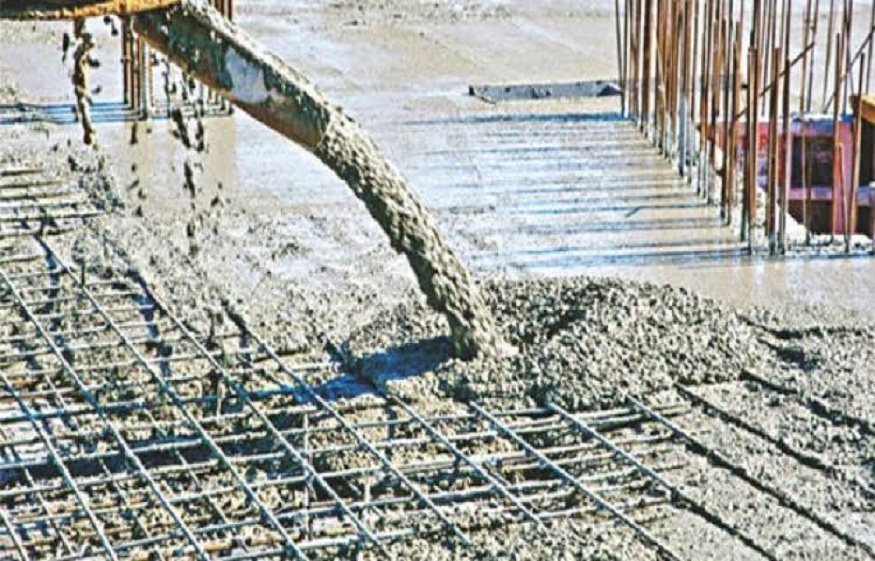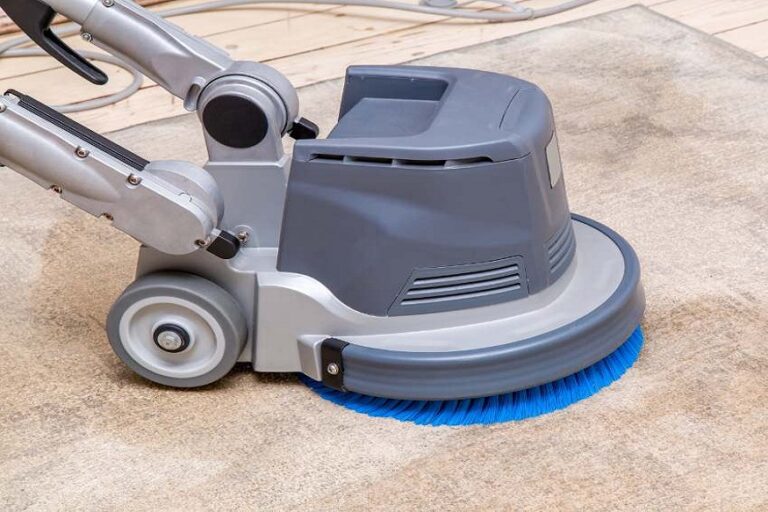Choosing the best cement for the lanter roofing work is a crucial decision in home construction. The cement used must not only hold the structure but also resist long-term wear, especially in areas with rain and humidity. Whether you’re building a new home or repairing an old roof, selecting the right quality cement ensures strength, safety, and durability.
Why Cement Choice Matters in Lanter Work?
The lanter (roof slab) is one of the most load-bearing parts of a building. A poor mix of cement or low-quality material can lead to cracks, leaks, or structural failure over time. Using the best cement provides strong bonding, resistance to moisture, and the ability to handle heavy loads. For long-term reliability, always go for the best quality cement and maintain the correct mixing ratio for cement.
Key Factors to Consider When Choosing Cement
1. Load-Bearing Capacity
Lanter slabs must support the weight of the roof and any added load, like water tanks or tiles. High-strength cement is essential to handle this pressure. A well-balanced mixing ratio for cement and the use of quality materials improves load tolerance and prevent structural stress.
2. Durability and Weather Resistance
The roof is directly exposed to rain and humidity, making water resistance vital. Choosing cement waterproof types help avoid cracks, seepage, and long-term decay. Dry mix concrete and ready-mix cement offer consistency and weather adaptability, especially during pouring the concrete in monsoon or humid climates.
3. Pricing and Cost-Effectiveness
While budget matters, it’s better to invest in the best quality cement from the start. Cheaper options may lead to early repairs. Products like ready mix cement may seem costly upfront, but save on mixing time, labor, and material wastage, offering more value over time.
Types of Cement Suitable for Lanter Work
Ordinary Portland Cement (OPC)
OPC is known for its quick-setting and high initial strength. It’s commonly used in fast-track construction but requires proper curing and protection from moisture. In areas with dry climates, it can be a good option for a slab-on-grade construction.
Portland Pozzolana Cement (PPC)
PPC cement is considered the best cement for lanter in damp or coastal regions. It provides better durability, resistance to rain and humidity, and lower heat during setting. It is ideal for preventing cracks and ensuring long life for lanter slabs.
Portland Slag Cement (PSC)
PSC is highly resistant to sulfate and chloride attacks, making it perfect for aggressive environments or industrial rooftops. It also performs well in high moisture zones and offers excellent strength and durability.
PPC vs OPC: Which Cement is Better for Lanter Slabs?
Strength Comparison
Both PPC cement and OPC offer good strength. OPC provides quicker initial strength, while PPC strengthens gradually but lasts longer. For long-term performance in roofs, PPC often performs better.
Resistance to Cracking and Shrinkage
PPC cement has low heat hydration, which means fewer cracks and smoother curing. It’s ideal for large lanter slabs that are prone to shrinkage issues.
Price Difference and Value Over Time
While OPC may cost slightly less upfront, PPC delivers better value by reducing repair costs and extending roof life. Best quality cement may have a higher price, but it delivers peace of mind and strong performance.
Site-Specific Suitability (Climate, Dead Load, Timeline)
For dry, fast-paced projects, OPC might be suitable. But in areas with rain and humidity, or where long-term durability is a concern, PPC cement is often the smarter choice.
Conclusion
For reliable and long-lasting roofing, always go for the best cement for lanter based on your project’s specific needs. In most cases, PPC cement stands out as the top choice due to its durability, weather resistance, and crack-proof properties. Whether you’re using dry mix concrete, ready mix cement, or traditional mixing on-site, ensure a proper mixing ratio for cement and use quality materials for the best results.











+ There are no comments
Add yours